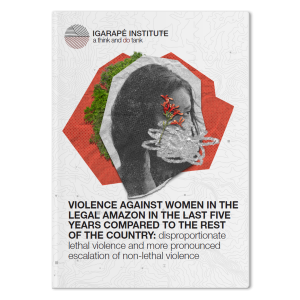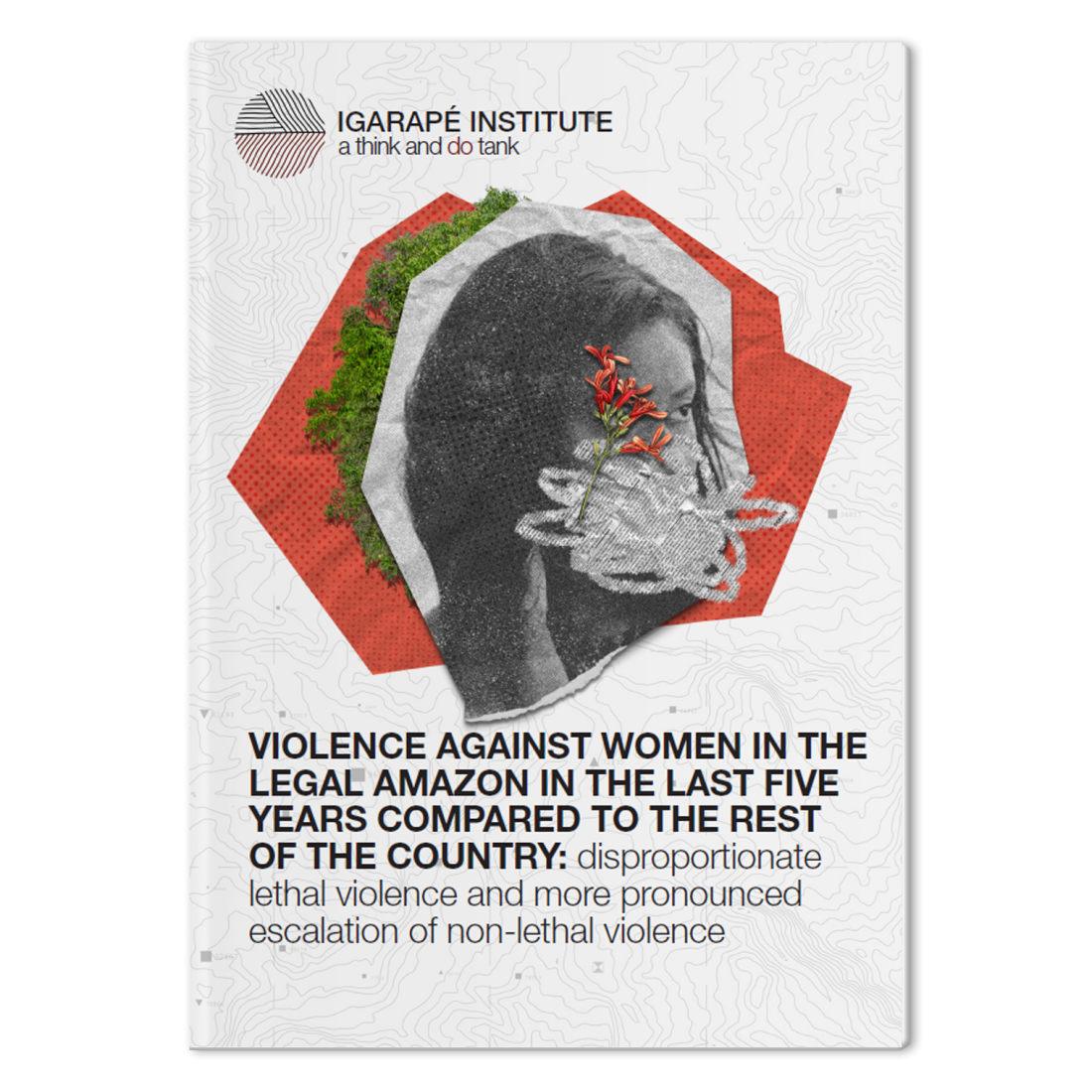Violence Against Women in the Legal Amazon in the Last Five Years

The Amazon, known for its biodiversity, is the scene of intense geopolitical disputes around the exploitation of its natural resources, involving various significant economic actors, illicit groups, and criminal activities.
Among the various illicit activities present in the daily life of the region, we can highlight logging, agriculture, and livestock farming with negative environmental impacts, illegal mining, especially of gold, land usurpation, and other forms of environmental degradation. These criminal activities in the Amazon go beyond the destruction of forest biodiversity, also revealing institutional fragility through complex criminal networks that foster drug trafficking, child sexual exploitation, slave labor, and high levels of violence in its various forms.
The Amazon is a region marked by various layers of violence, underdevelopment, and reduced quality of life for its diverse population.6 The high homicide rates in the region, which has a rate of intentional violent deaths 45% higher than the national average and is among the six deadliest cities in Brazil, evidence of a situation of excessive and persistent violence.
Although the homicide rate is the most used parameter to measure violence worldwide, it hides the brutal reality of women’s life experiences, who are the main victims of all types of violence, except for homicides. In the Amazon region, this is no different.
In this sense, women are exposed to a greater variety of violence considered “less severe” because they do not directly result in death, compared to men. However, the murders of women often represent the final stage of a succession of aggressions.
Considering the disproportionality of female victimization in all forms of non-lethal violence – which often do not receive the necessary attention in the formulation of public policies and in debates on the subject, constantly marked by a lack of standardization and reliability in data sources –, the EVA platform and the productions derived from it seek to contribute with the systematization and analysis of data. The goal is to map and understand the patterns of violence against women, providing inputs for the planning of evidence-based public policies, capable of modifying the adverse reality.
This report aims to provide a detailed overview of violence against women in the Amazon region over the last five years.
Read the publication



